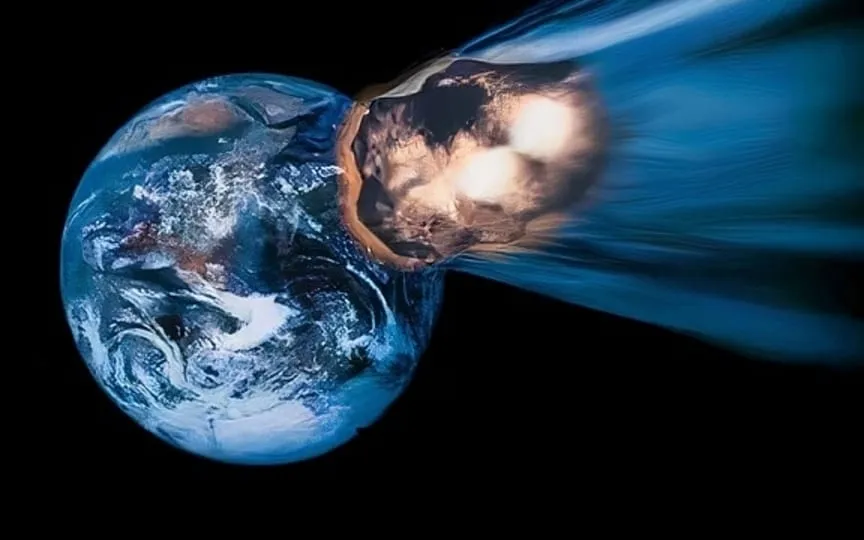NEOWISE Spacecraft Spots Asteroid Heading Towards Earth Measuring 130 Feet
NASA utilizes a variety of technological tools, including telescopes, ground-based observatories, and satellites, to constantly monitor the potential threat of asteroids. The Center for Near Earth Object Studies (CNEOS) is responsible for tracking all near-Earth objects (NEOs), while the NEOWISE spacecraft specifically locates potential hazards. It is worth noting that NASA’s WISE spacecraft, originally designed as an infrared-wavelength astronomical space telescope, underwent a transformation in 2013. Renamed as NEOWISE, its new mission became the identification of near-Earth asteroids and comets.
NEOWISE has now spotted a giant asteroid named 2023 MB6 hurtling toward Earth and expected to make a close pass. This asteroid is scheduled to approach Earth today, July 1, NASA’s CNEOS data revealed. Is it a possible threat to Earth?
Asteroid 2023 MB6 details
According to NASA’s asteroid data tracking page, Asteroid 2023 MB6 is set to approach Earth today, July 1, from just 3.3 million miles away, while hurtling through space at 39,391 kilometers per hour. Classified in the Apollo group, this asteroid was most recently discovered on June 18, 2023. The-Sky.org reveals that it makes a full orbit around the Sun in about 465 days.
Fortunately, this asteroid is not a potential threat, but close observation of this fast-moving space rock is vital to avoid potential mishaps. But do asteroids actually hit planets? NASA explains.
Asteroid danger to planets
Celestial bodies in space, such as planets and moons, sometimes collide with asteroids, which can have disastrous consequences. You must have heard about this remarkable event that happened 65 million years ago and led to the extinction of the dinosaurs on Earth. Several theories claim that the impact of the asteroid released a huge amount of energy, leading to widespread environmental changes that eventually caused the end of the age of dinosaurs and numerous other species as well. To reduce the risk of such catastrophic events, NASA and other space agencies constantly monitor potential asteroid threats.




